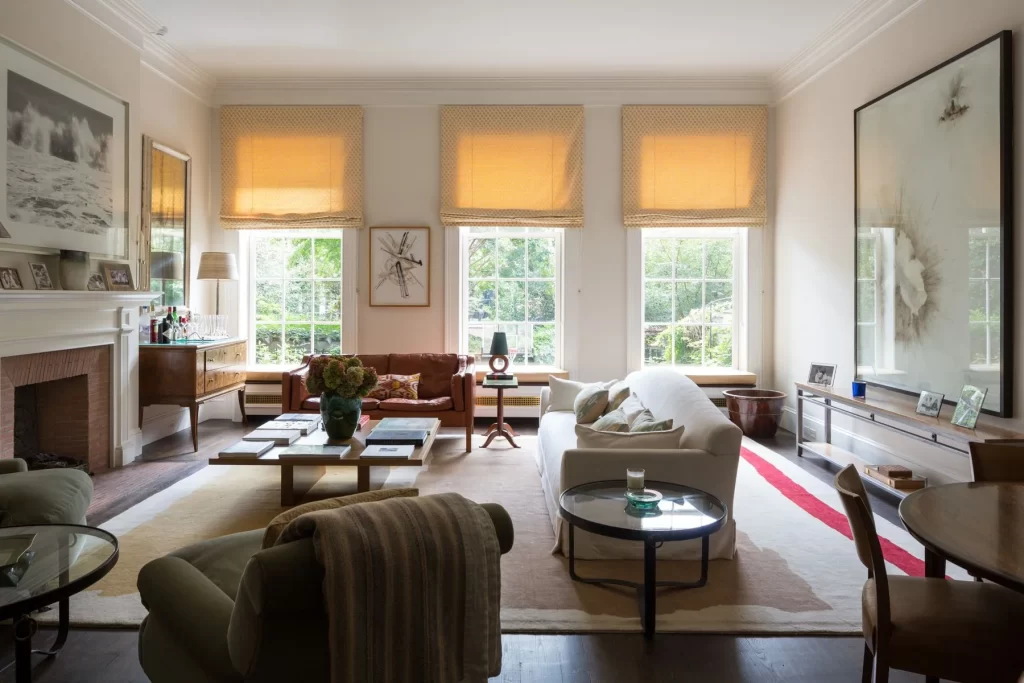
Lighting plays a crucial role in setting the mood and ambiance of any room. However, not all spaces come equipped with overhead lighting fixtures. Whether you’re renting an apartment or living in an older home, you may find yourself needing alternative lighting solutions to brighten up your space. In this article, we’ll explore various techniques and tips for effectively lighting a room with no overhead light.
1. Evaluate Your Space
Before diving into lighting solutions, take a moment to assess the layout and size of the room. Consider factors such as natural light sources, furniture arrangement, and the room’s primary function. Understanding the space will help you determine the type and placement of lighting fixtures needed.
2. Layered Lighting
One of the keys to illuminating a room without overhead lighting is to incorporate layered lighting. This involves using a combination of ambient, task, and accent lighting to create depth and functionality in the space. By strategically placing different types of lights, you can achieve a well-balanced and inviting atmosphere.
3. Ambient Lighting
Ambient lighting serves as the primary source of illumination in a room. Without overhead lights, you can achieve ambient lighting through floor lamps, table lamps, or wall-mounted fixtures. Opt for fixtures with diffused shades to create a soft, even glow that fills the entire room.
4. Task Lighting
Task lighting is essential for performing specific activities such as reading, cooking, or working on a computer. Desk lamps, floor lamps with adjustable heads, and under-cabinet lighting are all excellent options for providing focused illumination where it’s needed most.
5. Accent Lighting
Accent lighting adds visual interest and highlights architectural features or decor elements in the room. Consider using wall sconces, picture lights, or LED strip lights to draw attention to artwork, shelving, or other focal points.
6. Wall-Mounted Fixtures
In rooms without overhead lighting, wall-mounted fixtures can be a practical and stylish solution. Wall sconces come in a variety of designs and styles, from modern to traditional, allowing you to complement your existing decor while adding much-needed illumination.
7. Plug-In Fixtures
For renters or those who prefer not to deal with wiring, plug-in fixtures offer a convenient lighting solution. Floor lamps and table lamps with long cords can be easily positioned anywhere in the room and plugged into nearby outlets. Look for fixtures with adjustable heights or swivel heads for added versatility.
8. Utilize Natural Light
Maximize the natural light in your room by keeping windows clear of obstructions and using sheer curtains or blinds that allow sunlight to filter through. During the day, natural light can serve as a primary source of illumination, reducing the need for artificial lighting.
9. Mirrors
Strategically placing mirrors in your room can help bounce light around and make the space feel brighter and more spacious. Position mirrors opposite windows or light sources to reflect natural or artificial light into darker areas of the room.
10. Smart Lighting Solutions
Investing in smart lighting systems allows you to control the brightness, color, and scheduling of your lights remotely. Smart bulbs, plugs, and switches can be easily integrated into your existing lighting setup, providing convenience and energy efficiency.
FAQs
1. Can I install overhead lighting in a room without existing wiring?
Yes, you can install overhead lighting using battery-operated fixtures, plug-in pendant lights, or track lighting systems that don’t require hardwiring.
2. What are the best types of bulbs for ambient lighting?
For ambient lighting, opt for LED bulbs with a color temperature between 2700K and 3000K, which produces a warm, inviting glow similar to incandescent lighting.
3. How can I make a small room appear larger with lighting?
Use a combination of ambient and accent lighting to create depth and visually expand the space. Incorporating mirrors and maximizing natural light can also help make a room feel more spacious.
4. Are there energy-efficient lighting options available for rooms without overhead light?
Yes, LED bulbs are highly energy-efficient and can significantly reduce electricity consumption compared to traditional incandescent or fluorescent bulbs.
5. Can I use floor lamps in place of overhead lighting?
Absolutely! Floor lamps are an excellent alternative to overhead lighting and can provide ample illumination while adding style and personality to your room.
6. How do I choose the right size lamp for my space?
Consider the scale of your furniture and the height of your ceilings when selecting a lamp. Taller lamps work well in rooms with high ceilings, while shorter lamps are better suited for spaces with lower ceilings.
7. Are there any safety considerations when using plug-in lighting fixtures?
Be sure to use fixtures and cords that are UL-listed for safety and avoid overloading electrical outlets. Keep cords away from high-traffic areas to prevent tripping hazards.
8. Can I mix different types of lighting fixtures in the same room?
Yes, mixing ambient, task, and accent lighting fixtures can create a layered lighting scheme that enhances the functionality and aesthetics of your space.
9. How can I reduce glare from task lighting fixtures?
Choose fixtures with adjustable heads or shades that direct light where it’s needed without causing glare. Position task lights at angles that minimize glare on screens or reflective surfaces.
10. Are there any design tips for incorporating lighting into my decor?
Consider the style and theme of your room when selecting lighting fixtures. Choose fixtures that complement your existing decor and add visual interest without overwhelming the space.
Conclusion
Lighting a room without overhead light may seem challenging at first, but with the right techniques and fixtures, you can create a well-lit and inviting space that meets your needs and enhances your decor. By layering different types of lighting and maximizing natural light sources, you can transform any room into a bright and functional oasis. Experiment with different fixtures and placements to find the perfect lighting solution for your home.
